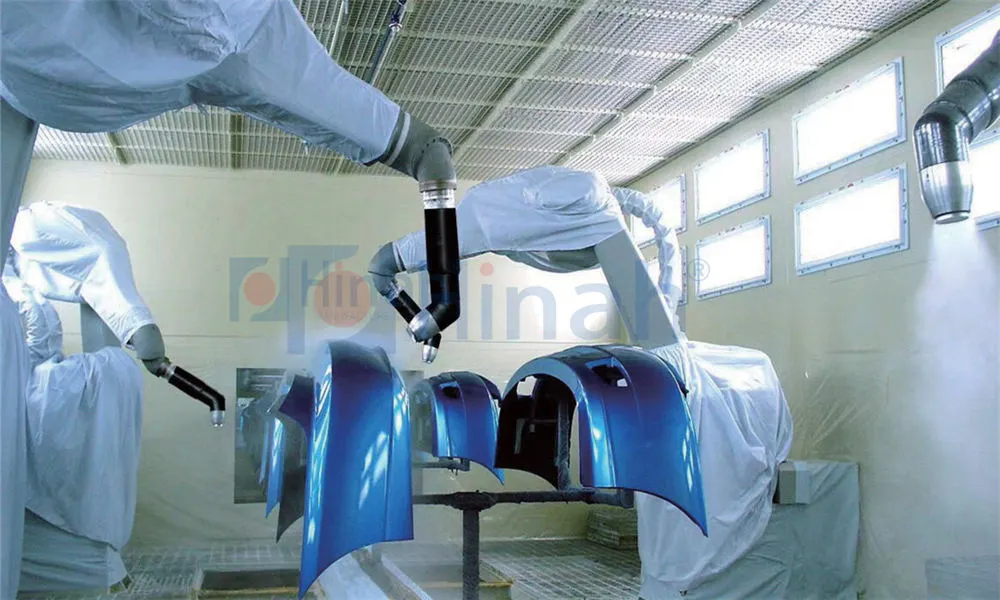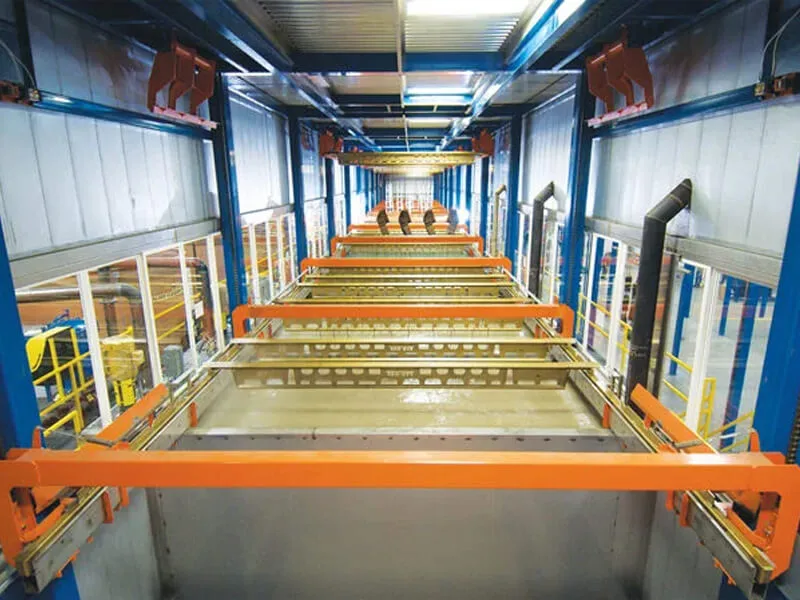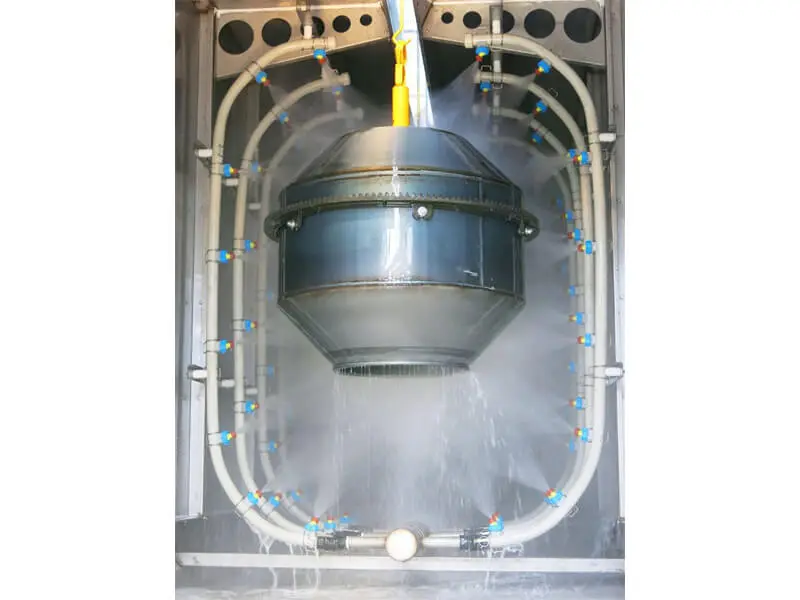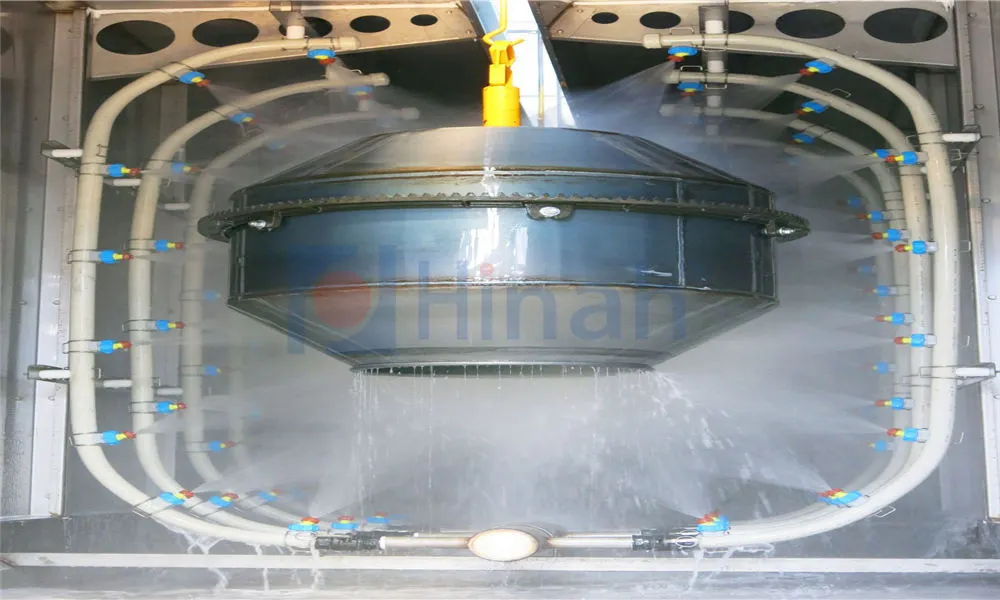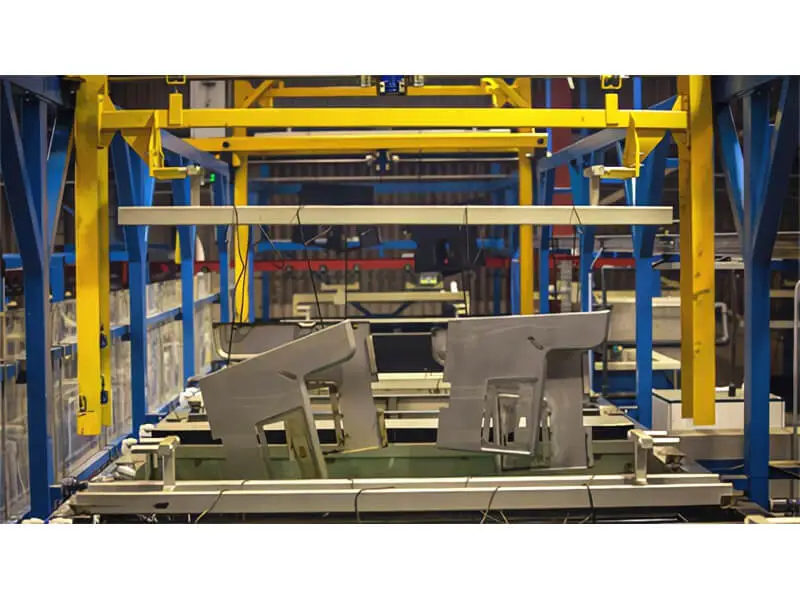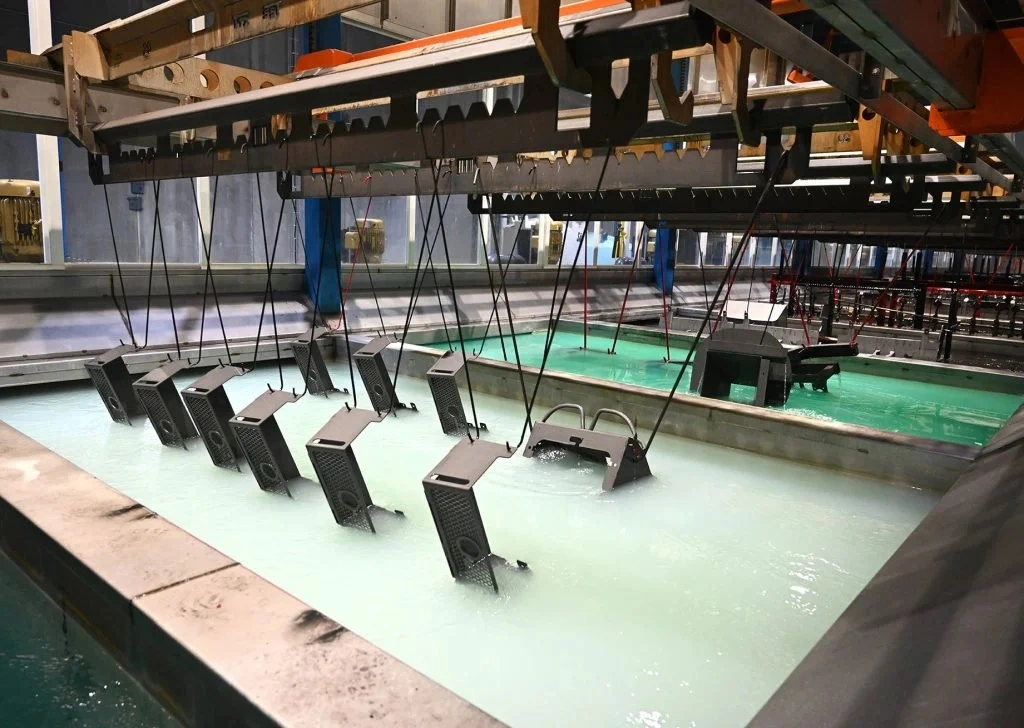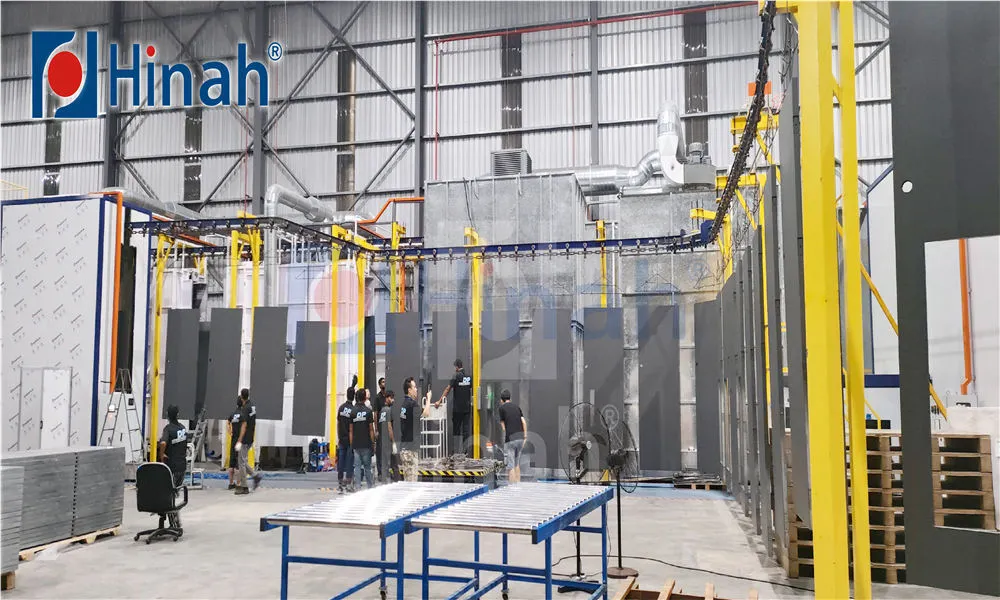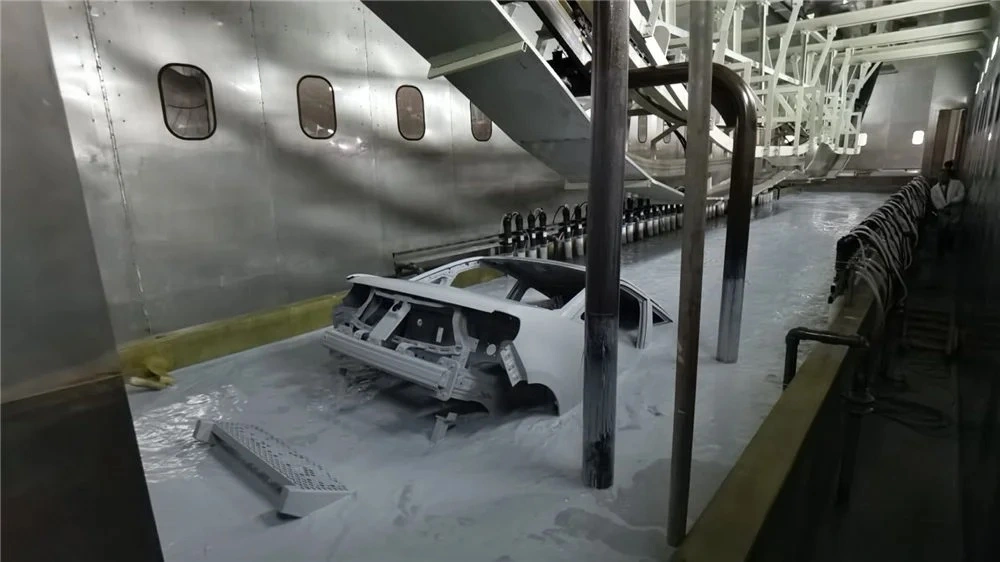Whether you're a professional finisher, a small business owner, or a dedicated DIY enthusiast, the heart of any high-quality finishing operation is the curing oven. An electric powder coating oven offers a efficient, clean, and precise method for curing powder-coated items, ensuring a durable, professional-grade finish. The journey to acquiring the right oven involves several considerations: from finding an electric powder coating oven for sale that fits your budget to understanding the technical nuances of the curing process.
This comprehensive guide will walk you through everything you need to know, from navigating the market and understanding costs to exploring different types of coatings and answering common questions.
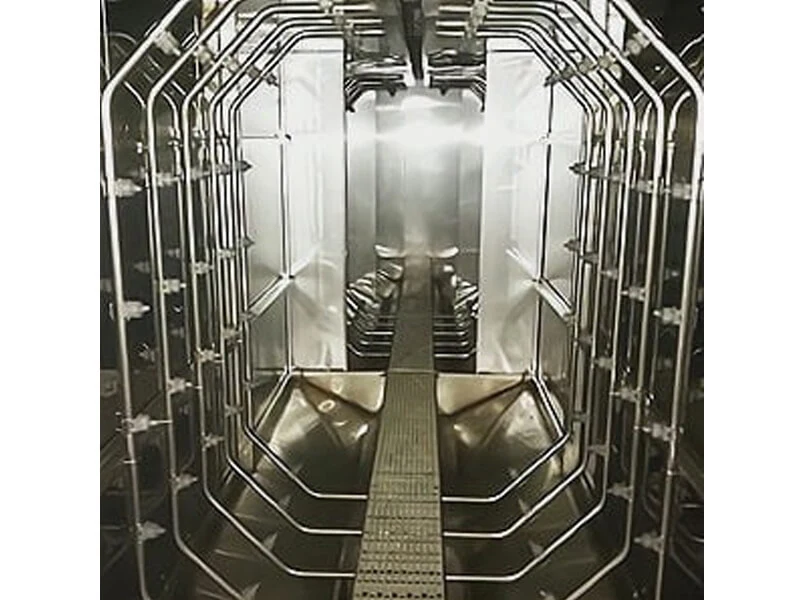
An electric powder coating oven is an industrial heating system designed to cure thermoset powder coatings. The process is fundamental: after a charged powder is sprayed onto a grounded metal object, the part is transferred into the oven. Inside, the oven circulates hot air at a controlled temperature, typically between 300°F and 450°F (149°C to 232°C).
This heat causes the powder particles to melt, flow, and then chemically cross-link to form a hard, durable, and uniform finish. The even heat distribution of an electric oven is crucial for achieving a consistent cure without defects like orange peel or incomplete fusion.
Finding the Right Electric Powder Coating Oven for Sale
The market for powder coating ovens is diverse, catering to different needs and scales. When searching for an electric powder coating oven for sale, you'll generally encounter three categories:
New Industrial Ovens: These are built for high-volume production environments. They are large, robust, and come with advanced controls for precision and repeatability. Manufacturers like Grieve, Wisconsin Oven, and Dav-Tech are prominent names in this space.
Benchtop and Small Batch Ovens: Perfect for smaller shops or those working on smaller items like automotive parts, wheels, or firearms. These are more compact and are often a great first electric powder coating oven for sale for growing businesses.
Custom-Built Ovens: For unique applications or specific spatial requirements, many companies specialize in building ovens to exact specifications.
Your choice will depend entirely on your production volume, the size of the parts you typically coat, and your available space.
Understanding Electric Powder Coating Oven Price Factors
The electric powder coating oven price can vary dramatically, ranging from a few thousand dollars for a small benchtop unit to tens of thousands for a large walk-in or conveyorized system. Several key factors influence the cost:
Size and Capacity: This is the most significant factor. Larger ovens that can accommodate big items like truck frames or multiple racks of parts command a higher price.
Insulation Quality: High-quality insulation (e.g., mineral wool) improves thermal efficiency, reduces heat loss, and lowers operating costs, but it adds to the initial purchase price.
Heating Element Quality: Durable, high-watt density elements ensure even heating and a long service life.
Control System: Basic analog controls are less expensive. Advanced digital controllers with programmable recipes, data logging, and over-temperature protection add cost but provide greater precision and repeatability.
Air Circulation System: A well-designed system with powerful fans and properly placed baffles ensures uniform temperature throughout the oven, which is critical for quality finishing.
When considering the electric powder coating oven price, it's essential to view it as a long-term investment in quality and efficiency.
How to Locate an Electric Powder Coating Oven Nearby
Finding an electric powder coating oven nearby involves a mix of online and offline strategies:
Industrial Equipment Suppliers: Search for distributors of industrial ovens or finishing equipment in your area. They often have showrooms and can provide demonstrations.
Online Marketplaces: Websites like eBay, Facebook Marketplace, and Craigslist can be sources for both new and used equipment. Always exercise caution and inspect items in person before purchasing.
Trade Directories: Online industrial directories like Thomasnet.com can help you locate manufacturers and distributors near you.
Industry Networks: Talking to other people in the metal finishing or automotive restoration industries can yield valuable recommendations for local suppliers.
Purchasing from a local source can save significantly on shipping costs for such a large item and provides easier access for service and support.
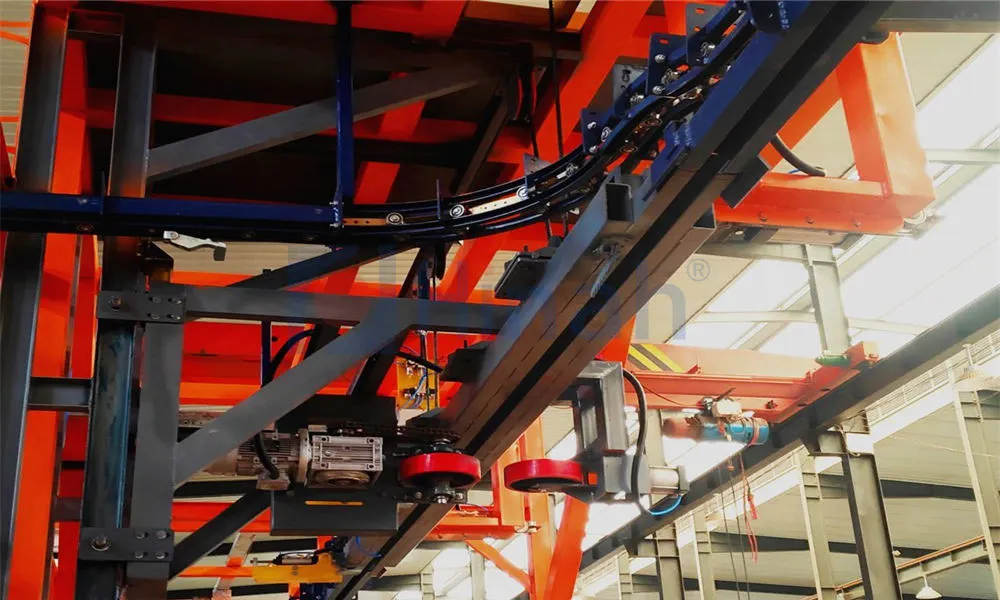
The DIY Electric Powder Coating Oven Project
For the handy individual, building a diy electric powder coating oven can be a rewarding project that saves money. Most DIY builds revolve around repurposing an old electric oven or constructing an insulated box from scratch using materials like metal sheets and high-temperature insulation.
Key components for a diy electric powder coating oven include:
Insulated Chamber: To retain heat efficiently.
Heating Elements: Often sourced from old kitchen ovens or purchased new.
Heat Circulation: A fan and ducting system are critical to prevent hot and cold spots.
Control System: A PID controller with a thermocouple is highly recommended for accurate temperature management.
While building your own oven is feasible, it requires a good understanding of electrical systems and safety protocols to avoid fire hazards and ensure consistent results.
Considering a Used Electric Powder Coating Oven for Sale
A used electric powder coating oven for sale can be an excellent way to acquire equipment at a fraction of the cost of a new one. However, due diligence is critical:
Inspect the Insulation: Check for signs of degradation, damage, or excessive energy loss.
Test the Heating Elements: Ensure all elements are functional and heating evenly.
Examine the Control System: Power it up and verify that the thermostat and timer work correctly.
Check for Rust and Structural Integrity: Look for significant rust, especially on the floor, which could indicate weakness.
Verify Air Flow: Turn on the blower motor and listen for unusual noises that might indicate bearing failure.
Buying from a reputable dealer that offers a limited warranty can provide peace of mind.
Powder Coating Oven: Gas vs Electric Showdown
The debate between powder coating oven gas vs electric is a common one, with each fuel type having distinct advantages.
Electric Ovens:
Pros: Clean operation (no combustion byproducts), precise temperature control, easier installation (often just requires a high-voltage circuit), and lower upfront costs for smaller units.
Cons: Higher operating costs in areas with expensive electricity; slower heat-up times for larger ovens.
Gas Ovens (Natural Gas or Propane):
Pros: Generally lower operating costs, faster heat-up times, and are more economical for very large, high-volume operations.
Cons: Higher initial installation cost (requires gas line, ventilation, and safety systems), produces combustion moisture which must be vented to avoid finish defects, and requires more complex maintenance.
For most small to medium-sized shops and those prioritizing a clean, simple setup, an electric powder coating oven is often the preferred choice.
The Foundation: Powder Coating on Metal
The entire process is designed for powder coating on metal. The electrostatic application requires the substrate to be conductive, which metal is. Successful powder coating on metal requires meticulous preparation:
Cleaning: Removing oil, grease, and dirt.
Surface Treatment: Using methods like iron phosphate or zinc phosphate for steel or chromate conversion coating for aluminum. This step enhances corrosion resistance and improves powder adhesion.
Drying: The part must be completely dry before powder application.
Once prepared, the powder is applied and the part is cured in the oven, resulting in a finish that is far more durable and environmentally friendly than traditional liquid paint.
Powder Coating vs Ceramic Coating: A Common Confusion
It's crucial to distinguish between powder coating vs ceramic coating, as they are designed for very different purposes.
Powder Coating: This is a polymeric finish applied as a dry powder and cured under heat. It is primarily used for decorative and protective finishes on metal objects—everything from appliances and auto parts to patio furniture. It provides excellent resistance to chipping, scratching, and fading.
Ceramic Coating: In the context of automotive finishes, a ceramic coating is a liquid polymer (typically silicon dioxide, SiO2) that is applied to a vehicle's exterior paint and then cures to form a protective hydrophobic layer. It is not a decorative coat but a clear, thin sacrificial layer that protects the clear coat underneath from UV damage, chemical stains, and minor scratches. It requires a cured (often painted or powder-coated) surface to adhere to.
In short, think of powder coating as the thick, colored, durable topcoat itself, while ceramic coating is a transparent, protective sealant applied on top of an existing topcoat.
5 Common Electric Powder Coating Oven Problems and Solutions
Even the best equipment can encounter issues. Here are some common problems:
Incomplete Cure or Orange Peel: The powder feels gritty or looks textured.
Cause: Temperature too low, cure time too short, or poor air circulation creating cold spots.
Solution: Verify oven temperature with a separate thermometer. Calibrate the controller. Ensure proper airflow and avoid overloading the oven.
Yellowing of White or Light Colors:
Cause: Excessive temperature or cure time.
Solution: Reduce temperature or time. Check for hot spots in the oven.
High Operating Costs:
Cause: Poor insulation, frequent door opening, or high local electricity rates.
Solution: Ensure oven seals are tight. Batch process parts to minimize door openings. Consider the oven's insulation quality for future purchases.
Heating Element Failure:
Cause: Normal wear and tear or accidental physical damage from parts.
Solution: Regularly inspect elements. Replace them as needed, which is a standard maintenance task.
Temperature Inconsistency (Hot/Cold Spots):
Cause: Malfunctioning fan, blocked air ducts, or overloading the oven.
Solution: Check the fan motor and blades for damage. Ensure ducts are clear. Never block the airflow path inside the oven.
Investing in an electric powder coating oven is a significant step toward achieving professional, durable finishes. By carefully considering your needs, budget, and the technical aspects discussed, you can make an informed decision that will serve your business or hobby for years to come. Whether you opt for a new unit, a used electric powder coating oven for sale, or embark on a diy electric powder coating oven project, the key to success lies in precision, preparation, and process control.


